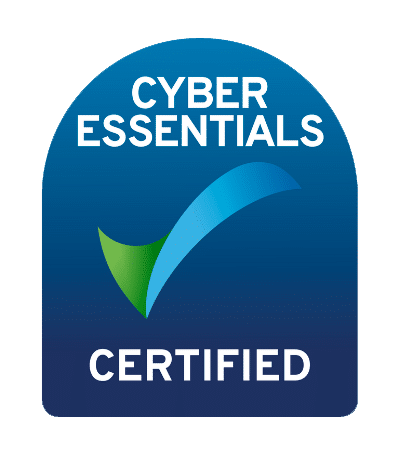For software companies, the Department of Defense (DoD) is often seen as a potentially massive customer. With IT budgets in the billions, massive cloud initiatives underway, and countless innovation efforts designed to court commercial software companies and startups, the conditions certainly seem to be set to grow revenue in the defense market. While the numbers may make business development teams salivate, the DoD is often a challenging customer for software companies, particularly new entrants to the market. Here are the 5 key challenges to plan for:
1. Security
This comes in many shapes and forms, ranging from the obvious like employee citizenship, classified work, and security clearances, to things like foreign ownership and control. Did you take a bunch of money from non-U.S. investors in previous years? Is your entire engineering team non-U.S. citizens? Things like this will hamstring your sales efforts and must be considered and assessed before making a decision to enter the defense market.
2. Contracting
The DoD buys a lot of software. A LOT. The process by which they buy it can be as varied as it is confusing. Different “colors” of money, contract types and proposal processes, and long buying cycles often confuse commercial companies assessing the market and go-to-market plans. Entities such as Defense Innovation Unit and AFWERX have done a great job streamlining these processes and presenting some accelerated paths to entry, but your sales team needs to understand how the DoD buys software—both at the early stage and at enterprise levels as well. Having a plan for what to do after you win your first Small Business Innovation Research (SBIR) award or contract is vital to successful scaling and getting over the “valley of death.”
3. Product-Mission Fit
Product-market fit is one of the key goals for software companies. The team at Hacking for Defense and others have started referring to the DoD variant of this as “product-mission fit” and it is fitting. The DoD is a mission-focused organization, and high alignment between your product and key missions will support goals to achieve recurring revenue, growth, and longevity in the market. Not all revenue is good revenue, so be wary of deviating from the pursuit of product-mission fit. Success here will allow you to transition from non-dilutive grants (e.g. SBIR awards) and other non-recurring engineering dollars to larger programs and sustained revenue.
4. Partnerships & Intellectual Property
So this can be a sticky one. There are many large defense companies who will want to partner, integrate, and potentially invest in your software company. This will feel exciting and like a no-brainer for rapid scale, but there are some key items to consider. Things like non-compete clauses or exclusivity, most-favored nation (MFN) clauses, and IP clauses can be a long-term problem if not considered—with legal counsel—at the onset of these partnerships. This isn’t saying don’t work with defense primes and integrators, but a reminder that there are different incentives driving the behavior of these organizations and, while those incentives may be aligned at the onset, robust and clearly defined legal agreements will be your friend here.
5. Compliance & Accreditation
So how do you actually deploy your software for DoD? This problem stymies commercial companies and DoD customers alike. You’ll require an ‘Authority to Operate’ (ATO) to be able to deploy your software in DoD environments and leverage DoD data. Options like FedRAMP exist, but to achieve the level of compliance required for DoD, there are hundreds of security controls and such a laborious process that it is nearly impossible to attain consensus around timelines and costs for this (ranging from 6 months to 2 years and $250k to $2M investment). Agency ATOs take less time, but require some additional work by your customers. Each of these will likely require some tailored engineering, security assessments, and reporting by your company. Plan for ATO early, and build that plan into your initial entry into DoD markets (such as by pricing it into your SBIR proposal). Shameless plug: we built Game Warden® to solve this exact problem.
The Department of Defense can be a great market for your software product, providing access to diverse customers, large budgets, and long contracts. Have a plan early for how to overcome and avoid these challenges early in your DoD journey and you’ll have a far better chance to scale successfully.
Your success is our mission.


